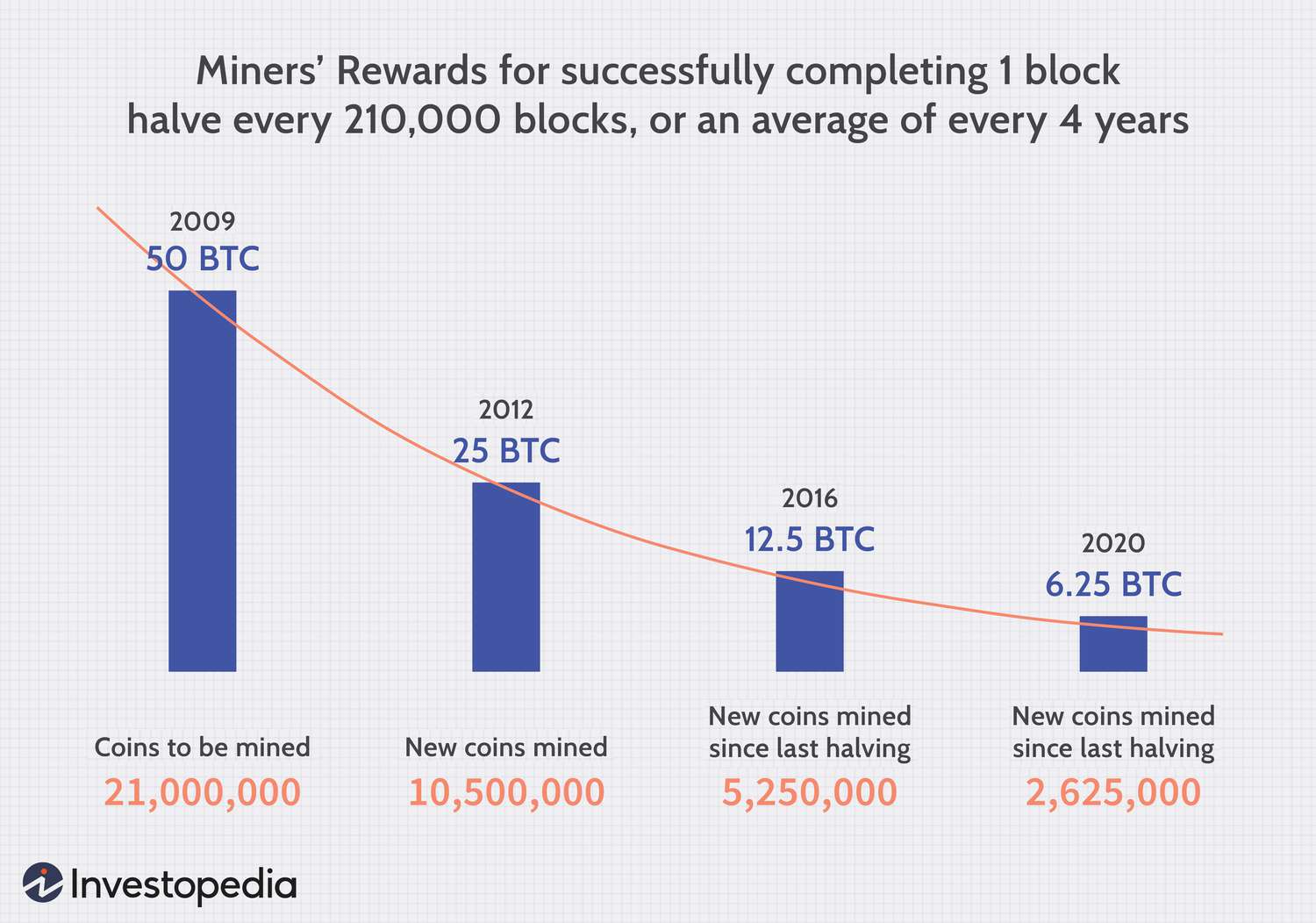
In recent years, the crypto market has been on a rollercoaster ride, with prices fluctuating wildly and the industry facing numerous challenges. One of the most significant concerns for crypto enthusiasts is the environmental impact of mining, which has led to a surge in CO2 emissions and energy consumption. The International Monetary Fund (IMF) has recently proposed a drastic measure to address this issue: increasing the cost of electricity for crypto mining by 85%.
As a journalist covering the crypto beat, I have to say that this proposal has left me with mixed feelings. On the one hand, I believe that it’s essential to take concrete steps to reduce the environmental footprint of the crypto industry. The IMF’s proposal aims to encourage the adoption of more energy-efficient technologies and reduce the reliance on fossil fuels. This could potentially lead to a more sustainable future for the industry.
On the other hand, I worry about the potential consequences of such a drastic measure. If the cost of electricity for crypto mining increases significantly, it could lead to a mass exodus of miners to countries with lower energy costs and less stringent environmental regulations. This could result in a race to the bottom, where countries compete to attract miners by relaxing their environmental standards, ultimately leading to a negative impact on the global climate.
As I delved deeper into the topic, I discovered that the IMF’s proposal is not without controversy. Some critics argue that the energy consumption of Bitcoin mining is relatively low compared to other industries, and that the focus on crypto is unfair. For instance, the energy consumption of Bitcoin mining is estimated to be around 24% higher than that of gold mining, but it’s still a fraction of the energy consumed by countries like China and Poland.
I also came across some interesting statistics that put the energy consumption of crypto mining into perspective. Did you know that the energy consumption of Amazon is significantly higher than that of Bitcoin? It’s essential to consider the broader context and not single out the crypto industry for criticism.
As I continued my research, I spoke to several experts in the field, who shared their thoughts on the IMF’s proposal. Some believe that it could lead to innovation and the development of more energy-efficient technologies, while others think it could stifle the growth of the industry.
I also decided to include a few images to break up the text and make the article more engaging. Here’s one:
 The impact of crypto mining on the environment is a growing concern
The impact of crypto mining on the environment is a growing concern
In conclusion, the IMF’s proposal to increase the cost of electricity for crypto mining is a complex issue with both pros and cons. While it’s essential to address the environmental impact of the industry, it’s also crucial to consider the potential consequences of such a drastic measure. As the crypto industry continues to evolve, it’s up to us to ensure that we prioritize sustainability and innovation.
 The future of crypto mining: a balancing act between sustainability and innovation
The future of crypto mining: a balancing act between sustainability and innovation
As I finished writing this article, I couldn’t help but wonder what the future holds for the crypto industry. Will we see a shift towards more energy-efficient technologies, or will the industry continue to face challenges related to sustainability? Only time will tell.
 The future of crypto: a journey towards sustainability
The future of crypto: a journey towards sustainability














